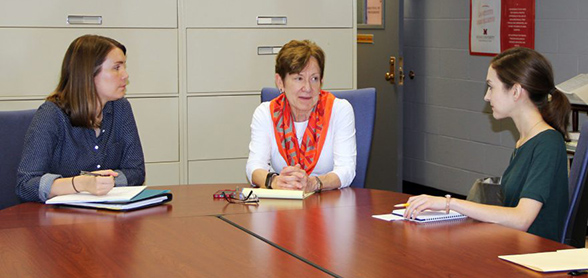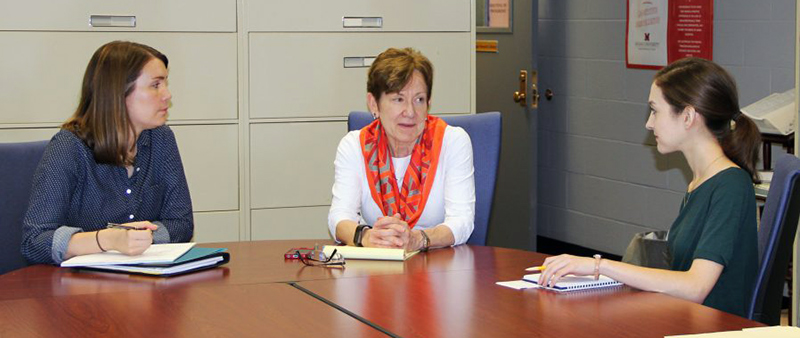Research team sets out to find keys to college success for older students


Employers can no longer afford to discriminate against older workers, and the reason might surprise you. It’s not lawsuits; it’s demographics.
According to the Bureau of Labor Statistics (BLS), labor force participation by Americans age 55 and older grew at a faster rate between 1994 and 2014 than it did for younger Americans. The BLS projects that between 2014 and 2024, labor force participation by those 55 and older will grow at a rate of 2.1%, while participation by those 25-54 will grow much more slowly, at a rate of just 0.4%, and participation by those 20-24 will actually decline by 0.8%. Given these statistics, it’s clear that employers’ success in the coming years will depend on older workers.
Far from taking this demographic reality for granted, however, more and more workers between the ages of 40 and 64 are working to stay competitive in the job market by enrolling at the nation’s community colleges. And community colleges – vulnerable to the same demographic pressures affecting employers – are happy to have them.
“There are a lot of reasons to want to try and facilitate continued labor force participation by this age group,” says Phyllis Cummins, a senior research scholar in the Scripps Gerontology Center at Miami University.
The problem, she says, is that not much is known about what contributes to college success for older students. To help solve that problem, Cummins and her co-principal investigator, Peter Bahr, an associate professor in the University of Michigan’s School of Education, along with the rest of their team, will analyze data collected by the Ohio Department of Higher Education and the Ohio Department of Job and Family Services. They will contextualize this data by listening to focus groups of students and faculty at three Ohio community colleges: Clark State Community College, Rio Grande Community College, and Cuyahoga County Community College. Finally, they will round out the picture by interviewing key informants at all of Ohio’s community colleges.
In addition to Cummins and Bahr, other members of the team are Kathy McGrew, a senior research scholar in the Scripps Gerontology Center, Scott Brown, an associate professor in Miami’s Department of Sociology & Gerontology, Mike Hughes, manager of Miami’s Statistical Consulting Center, and Jing Zhang, an associate professor in Miami’s Department of Statistics. The team’s work is supported by a $1.4 million grant from the U.S. Department of Education’s Institute of Education Sciences (IES).
“We’re especially interested in looking at the kinds of programs older students enroll in,” says Cummins. “We suspect that it’s going to be more short-term certificate programs and credentials other than an associate’s degree. A lot of older students might not want to spend two full years in school. They might just want to sharpen up their skills so they can get a promotion or get a job.”
Cummins hopes her team will be able to identify patterns that suggest successful approaches to educating older students. That could eventually lead to an IES development and innovation grant, which would allow the team to test specific initiatives to see whether implementing them on a broader scale will positively affect outcomes for older students. Because her research is just getting started, Cummins doesn’t know exactly what those initiatives will be, but she says they could include things like offering more evening classes, or expanding options for accelerated learning.
Even before they get to that point, though, Cummins hopes to influence the marketing and policies affecting older students by sharing her team’s findings with community college officials as well as state and federal policymakers. She points to community college websites as an example.
“Are the websites’ text and pictures conducive to encouraging enrollment by older students? Are they portraying just young, 18- to 20-year-olds?” asks Cummins.
Cummins says the answers to those questions matter because it’s as important for older students to see models of their college success as it is for members of other traditionally underrepresented groups. And the success of older students in college matters because the future of our economy depends on it.
--
Written by Heather Beattey Johnston, Associate Director of Research Communications, Office for the Advancement of Research & Scholarship, Miami University.

